10 Causes of Low Water Pressure in Your House
Low water pressure in a house can be one of the most frustrating problems to deal with. Whether it’s a weak shower in the morning or a slow-filling sink when you’re in a hurry, water flow issues interfere with daily comfort and efficiency. While it’s easy to notice the symptoms, identifying the root cause often requires some investigation.
This article explores the 10 most common causes of low water pressure in homes, with supporting information from plumbing codes, expert insights, and research-based facts. We’ll also walk through how to test your home’s water pressure and when it’s time to call a professional.
What Is Water Pressure and Why Does It Matter?
Water pressure refers to the force that moves water through your pipes and out through fixtures. It’s measured in pounds per square inch (PSI). According to the International Residential Code (IRC P2903.3), the ideal water pressure for a residential system ranges from 40 to 80 PSI.
Anything below this range can result in low water flow, affecting your ability to bathe, clean, or cook efficiently. On the other hand, water pressure that’s too high can damage pipes and appliances.
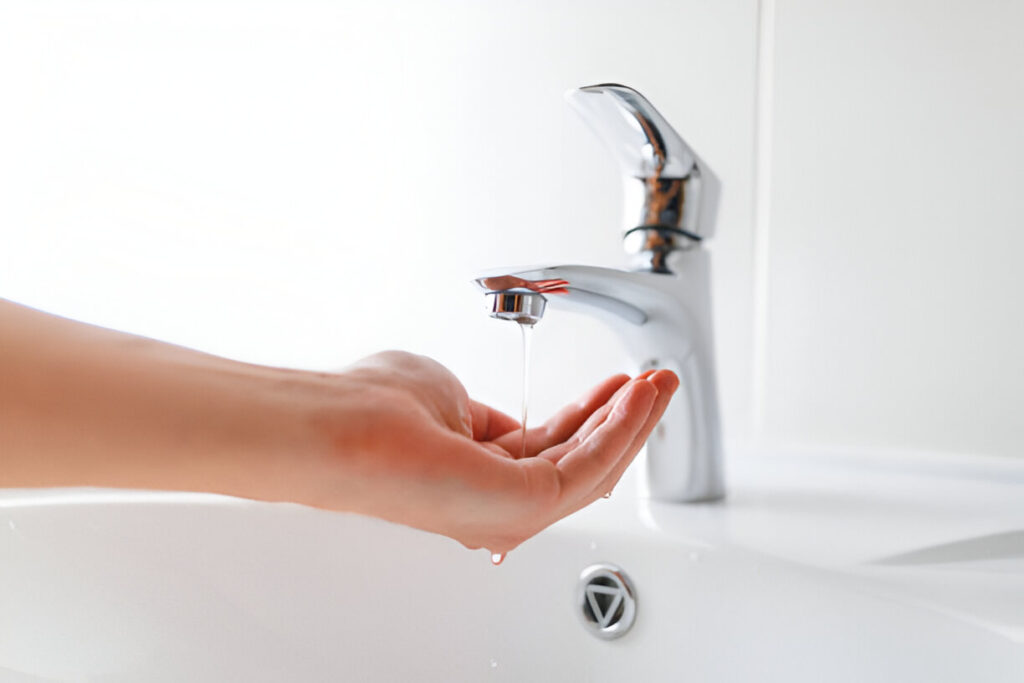
1. Clogged or Corroded Pipes
One of the most common reasons for low water pressure in older homes is corroded or clogged pipes. Over time, minerals from hard water, sediment, and even rust can build up inside pipes, restricting the flow of water.
Galvanized steel pipes, used commonly before the 1970s, are especially prone to this issue. These pipes corrode from the inside, making it difficult to detect problems until water flow is severely affected.
Research from the U.S. Environmental Protection Agency (EPA) links aging infrastructure to reduced water quality and flow. In many cities, aging distribution systems and household plumbing contribute to chronic low pressure.
How to Address:
- Check for signs of discolored water or reduced flow at multiple fixtures.
- Replacing old pipes with copper or PEX piping can restore pressure and improve reliability.
2. Faulty Pressure Regulator
If your home has a pressure-reducing valve (PRV) or pressure regulator, a malfunction can cause a noticeable drop in water pressure. The regulator is typically installed where the main water line enters the home and helps maintain a safe PSI level.
When these regulators fail, they either restrict water too much or allow surges. If your home suddenly experiences widespread low pressure, this could be the culprit.
Key Details:
- Regulators typically last 10 to 15 years.
- The IRC recommends a regulator if incoming pressure exceeds 80 PSI.
How to Test:
- Use a pressure gauge on an outdoor spigot.
- If the reading is below 40 PSI or swings dramatically, a replacement may be needed.
3. Partially Closed Water Valves
Believe it or not, one of the simplest reasons for low water pressure is a partially closed valve. If the main shutoff valve (usually found near the water meter) or the meter valve (operated by the city) is not fully open, water flow to your entire home may be reduced.
It’s common for these valves to be only partially opened after plumbing work or maintenance.
How to Fix:
- Locate the main shutoff valve, typically inside the home near the front wall.
- Ensure it’s fully open (turn it counterclockwise if it’s a wheel-type or align the handle with the pipe if it’s a lever-type).
Always use caution when adjusting valves, older systems may be fragile.
4. Aging or Undersized Plumbing System
In some cases, low water pressure stems not from a specific failure, but from a system that was never designed to meet modern needs. Homes built several decades ago often have smaller diameter supply lines, which may not be sufficient for simultaneous demands (e.g., shower and dishwasher).
Moreover, homes with outdated pipe materials like lead or galvanized steel may also violate current building codes.
Code Insight:
- The EPA has long advocated for replacement of lead service lines due to both flow and safety issues.
- Upgrading to 3/4″ or 1″ lines improves pressure to multiple fixtures.
If you have a home built before 1970 and experience chronic low pressure, it may be time to assess your whole-home plumbing.
5. Municipal Water Supply Issues
Sometimes the problem is not inside your home at all. If you notice a sudden drop in water pressure, it may be due to maintenance work or a malfunction on the city’s end.
Water main breaks, system flushing, or drought-related conservation measures can all impact supply temporarily.
What You Can Do:
- Check with neighbors. If they’re also affected, the issue is likely municipal.
- Call your water utility provider or check their website for service notices.
City utilities typically provide updates on scheduled outages or repair activities.
6. Leaking Pipes
Even a small water leak can create noticeable pressure drops, especially if the leak is on a supply line. Leaks can occur underground, behind walls, or beneath flooring, often going undetected until water damage appears or utility bills spike.
According to the EPA’s WaterSense program, the average household leak can waste nearly 10,000 gallons of water per year.
Signs of Leaks:
- Unexplained increase in water bill
- Wet spots or mold growth
- Constant sound of running water
Code Note:
- The IRC (P2601.2) mandates that water systems must be free of leaks and maintained in a sanitary condition.
7. Shared Plumbing Lines or Peak Demand
In multi-unit dwellings or homes with shared plumbing lines, water pressure can drop significantly during peak usage times, typically mornings and evenings.
This is also common in larger families where multiple fixtures operate at once (shower, dishwasher, washing machine).
How to Mitigate:
- Consider staggering water use times.
- Install a pressure booster pump or expand pipe diameters to accommodate higher demand.
8. Blocked Aerators and Showerheads
Mineral deposits can accumulate inside faucet aerators and showerheads, reducing flow even if pressure is fine elsewhere. This is especially common in areas with hard water.
Cleaning or replacing these fixtures is one of the easiest and cheapest fixes.
How to Check:
- Unscrew the aerator or showerhead and check for debris.
- Soak in white vinegar overnight to dissolve calcium buildup.
If cleaning doesn’t improve flow, the fixture may need to be replaced.
9. Water Heater Problems
If the pressure issue only affects hot water, the problem likely lies in the water heater. Over time, sediment builds up in the tank and clogs output lines or valves.
The Department of Energy (DOE) recommends flushing your tank once per year to remove sediment buildup.
Tankless water heaters can also cause low flow if their filters or internal components are dirty or if the unit is undersized for household demand.
Maintenance Tips:
- Drain a few gallons from the tank to check for sediment.
- Clean the inlet screen on a tankless unit.
10. Private Well Pump or Pressure Tank Problems
For homes that rely on a private well, pressure problems often trace back to the well pump or pressure tank. These systems rely on pressure switches to maintain proper PSI.
When pressure tanks become waterlogged or pressure switches fail, pressure can fluctuate or drop entirely.
Signs:
- Water spurts or fluctuates during use
- Pump short-cycles (turns on and off quickly)
- Air in the plumbing lines
According to the National Ground Water Association (NGWA), routine inspection and tank maintenance can prevent most issues.
How to Test Your Home’s Water Pressure
You can test your own water pressure easily with a pressure gauge, which attaches to an outdoor hose spigot or washing machine faucet.
Steps:
- Turn off all indoor water fixtures.
- Attach the gauge and turn on the faucet fully.
- Check the dial:
- 40–60 PSI: Normal
- Under 40 PSI: Low pressure
- Over 80 PSI: Too high (per IRC P2903.3)
Testing helps narrow down whether the issue is home-wide or fixture-specific.
When to DIY and When to Call a Professional
While some low pressure issues can be solved with basic maintenance (like cleaning aerators or adjusting valves), others, like corroded pipes, faulty pressure regulators, or underground leaks, require a licensed plumber.
Signs it’s time to call an expert:
- Water pressure is low throughout the house
- No clear cause (valves open, no leaks found)
- Fixture upgrades didn’t help
- Private well system shows irregular behavior
Professionals can use camera inspections, leak detection tools, and system-wide diagnostics that go beyond visual inspection.
Plumbing Codes and Compliance
Understanding and following plumbing codes ensures your home’s water system is not only functional but also safe and up to code.
Key Codes to Know:
- IRC P2903.3: Requires pressure-regulating devices if supply pressure exceeds 80 PSI.
- IRC P2601.2: Systems must be leak-free and protected from contamination.
- UPC 604.8: Water pressure must be maintained between 40–80 PSI unless otherwise specified by local codes.
Local jurisdictions may have specific modifications to these codes, so it’s always best to consult with a licensed plumber or local building authority.
Water Efficiency and Conservation
Sometimes low water pressure is confused with low-flow fixtures designed for conservation. The EPA’s WaterSense program certifies faucets, showerheads, and toilets that reduce water usage while maintaining performance.
Installing these fixtures won’t fix pressure issues, but they do help avoid high utility bills and are often required in new construction under local building codes.
Don’t Let Low Pressure Catch You Off Guard
Low water pressure in a house can be caused by a wide range of factors, from something as simple as a clogged aerator to serious problems like underground leaks or failing regulators. Understanding the root cause is key to fixing the issue and restoring comfort and efficiency to your home.
If you’re dealing with persistent pressure issues, start by testing your PSI, inspecting visible plumbing, and ruling out municipal supply concerns. And when in doubt, don’t hesitate to involve a licensed professional to ensure everything is working—and compliant—as it should be.
For homeowners in the Fortuna, CA area, Redwood Plumbing and Drain Cleaning Inc. offers expert diagnostic and repair services to help restore your home’s water pressure efficiently and safely. You can reach their team at (707) 574-9875 for a consultation.


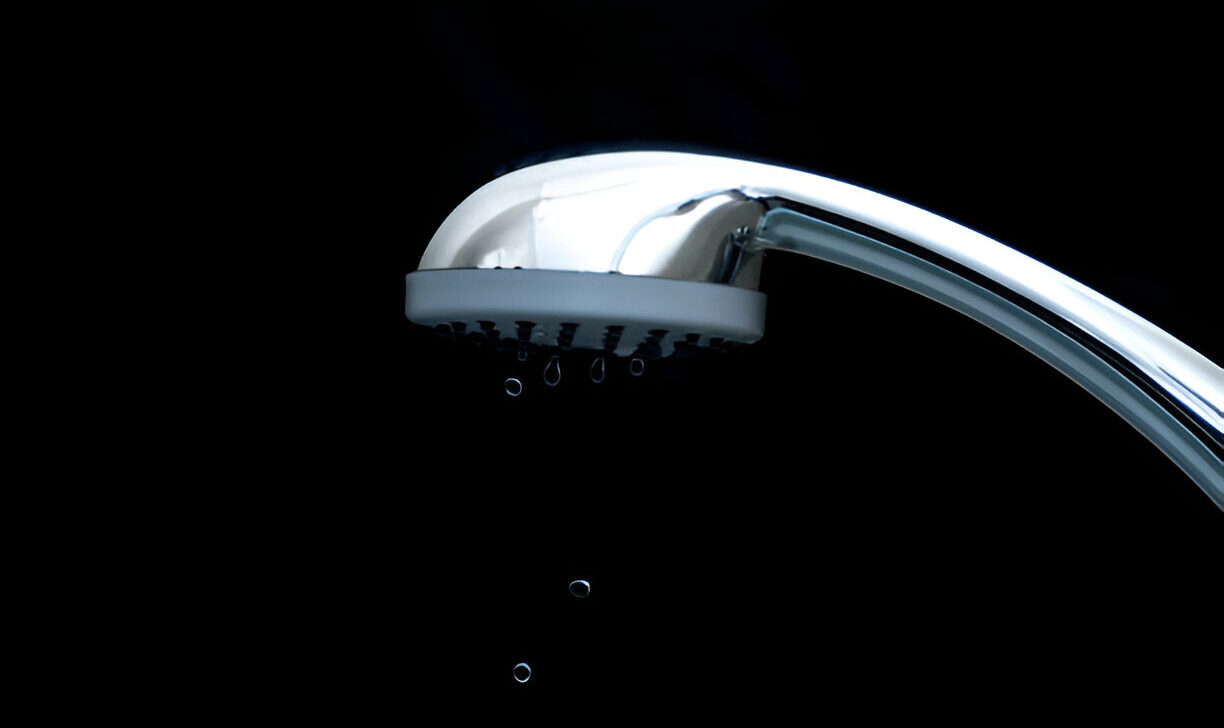
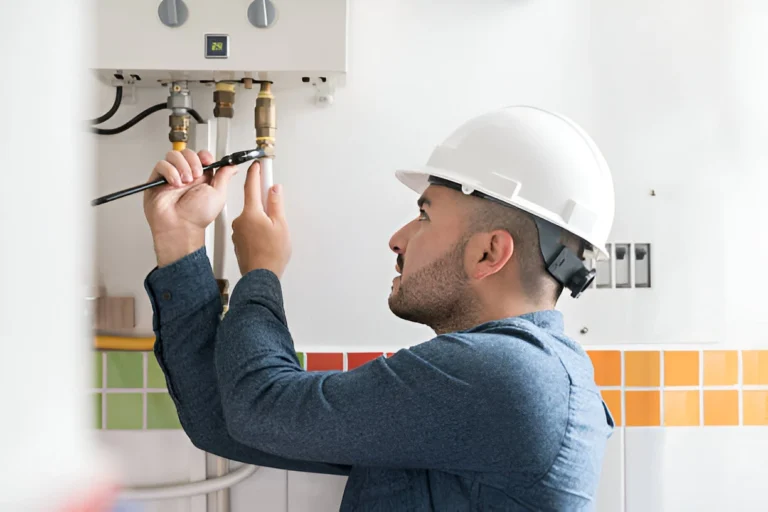
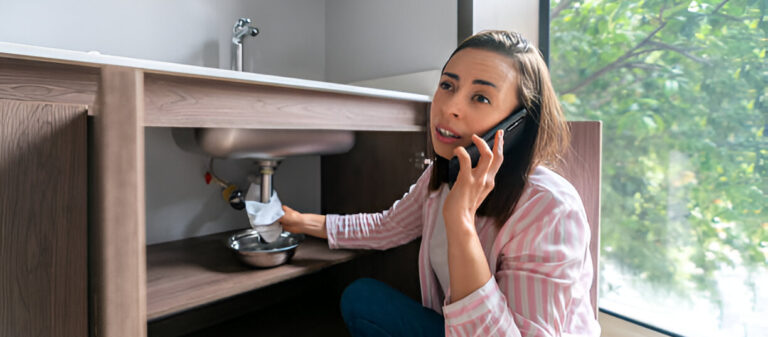
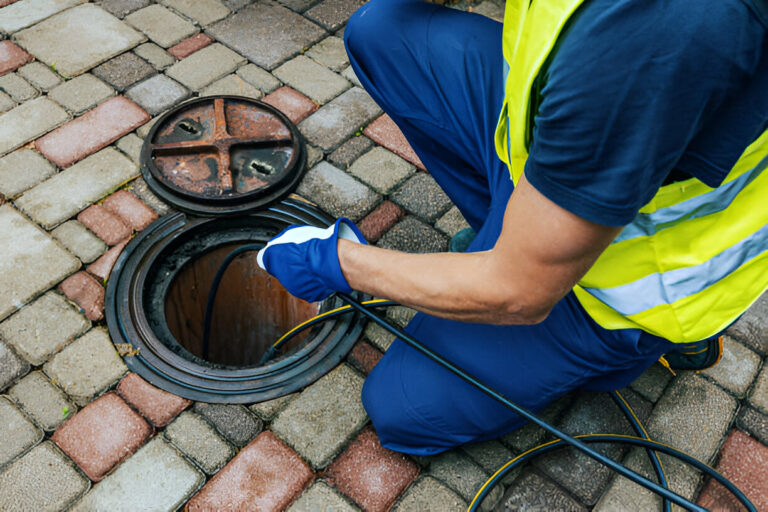
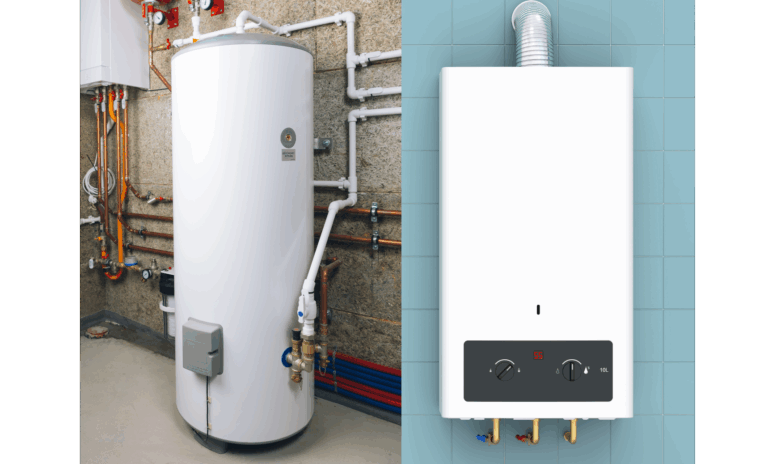

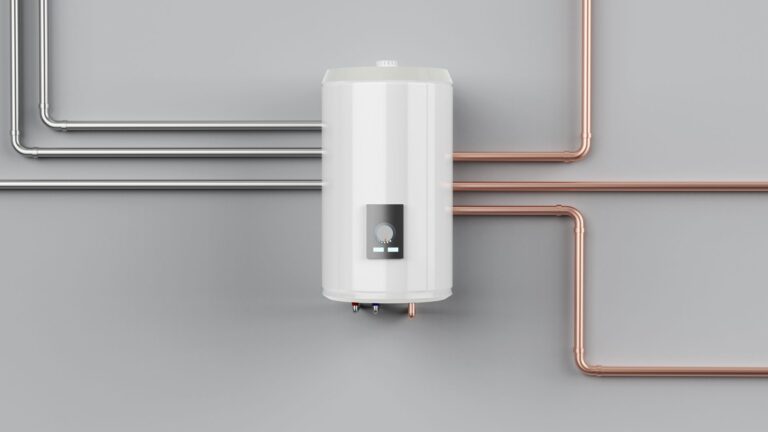
https://ToMyAccount.com is your premier destination for verified social media accounts. Whether you need accounts for marketing, personal use, or business growth, we provide high-quality, secure accounts across multiple platforms. Explore our wide selection and get started instantly.
Access Link:
https://ToMyAccount.com
Thanks a Ton!
https://shorturl.fm/BnyBp
https://shorturl.fm/makyL
https://shorturl.fm/PU11h
https://shorturl.fm/Qr2n9
https://shorturl.fm/a26rh
https://shorturl.fm/UmCYG
https://shorturl.fm/kKVtm
https://shorturl.fm/cbgrd
https://shorturl.fm/NpUz5
https://shorturl.fm/uz2hy
https://shorturl.fm/zpbWI
https://shorturl.fm/jqIjI
https://shorturl.fm/Q1vGq
https://shorturl.fm/nk95D
https://shorturl.fm/499cj
https://shorturl.fm/oLxr0
https://shorturl.fm/zMBwU
https://shorturl.fm/wKh25
https://shorturl.fm/5ANin
https://shorturl.fm/PFcHz
https://shorturl.fm/mNa2r
https://shorturl.fm/iof6S
https://shorturl.fm/3rx8Q
https://shorturl.fm/CIQI0
https://shorturl.fm/54VeE
https://shorturl.fm/VeLIm
https://shorturl.fm/4Tnnb
https://shorturl.fm/Hjo48
https://shorturl.fm/axG3k
https://shorturl.fm/mrb8f